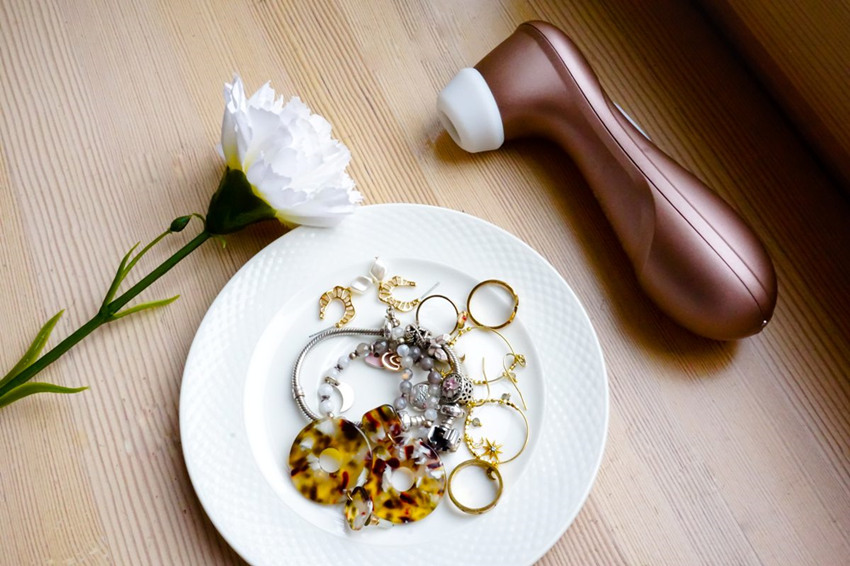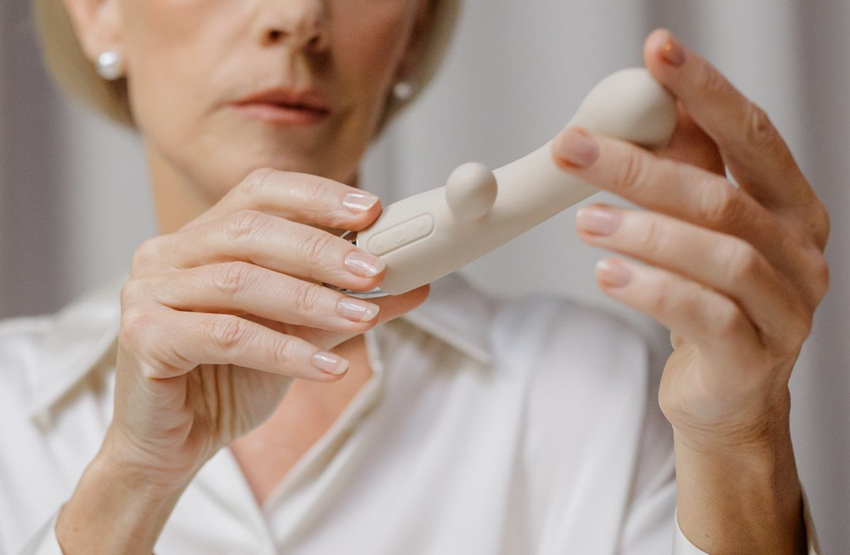
News
Vibrators: Transition from Sex Toys to Medical Devices
The benefits of vibrators for urinary incontinence, vulvar discomfort, sexual dysfunction in women. According to multiple published medical research literature, vibrating massagers have positive effects on a variety of urinary and sexual health in women.

Although the amount of relevant literature is limited, these studies suggest that vibrating massagers induce favorable changes in blood flow and muscle tone in genital tissues, improve sexual arousal and satisfaction, increase pleasurable responses, and reduce the incidence of sexual dysfunction .
In women with pelvic floor dysfunction, use of vibrator reduces urine leakage and urinary symptoms and significantly improves pelvic muscle strength. There are other studies showing that vibrators can reduce pain in women with vulvodynia discomfort and the quality of life for both sexes.
"Gynecologist, urologist and FPMRS (female pelvic medicine and reconstructive surgery specialist)," said Alexandra Dubinskaya, MD, of Cedars-Sinai Medical Center in Los Angeles, USA. ,need more education on women’s sexual health and vibrators.” More attention should be paid to the link between vibrators and women’s health.” The American Urological Association also states: "We should work to de-stigmatize vibrators, and women shouldn't be ashamed to talk about sexual health."
"In fact, in our work practice, our patients are usually told to eat healthy, exercise, get enough sleep, and use a vibrator."She added. "Vibrators should be viewed as another form of technology that could benefit patients in clinical practice," said Rachel S. Rubin, MD, of Georgetown University in Washington.
She said: "Compared to the past, the sexual health and sex industry is developing very fast. Sex toys are no longer sold in corner shops with erotic posters hanging on the windows, but high-tech devices for all couples, with many health benefits."

"We know that women take longer than men to achieve pleasure because of their anatomy. Understanding basic human physiology will make healthy living for both sexes more fun, enjoyable, and have a better quality of life."
Dubinskaya said vibratory massage stimulation originated in the treatment of so-called female hysteria, which is associated with excessive agitation and has been linked to marital relationships, sexual life and pregnancy. Early doctors treated the disorder by pampering women with manual pelvic massage, which was thought to reduce manic mood.
"Because doctors have tired and inefficient hands when providing pelvic massages to women with female hysteria, they're always looking for ways to free their hands," she said.
Doctors used to do hydrotherapy with a pelvic irrigator, a power-transfer device with a spinning sphere in the middle for women to sit on. Then came the first hand-held electric vibrator, which was also used to treat constipation, arthritis, muscle fatigue, and "pelvic congestion."
For years, the stigma of vibrators as sex toys has masked their association with potential medical health effects, Dubinskaya said. Modern vibrating massagers are like a high-tech electronic product, and a survey more than a decade ago showed that more than 50% of women and more than 40% of men admitted to having ever used a vibrator or other sex toys.
Dubinskaya and her team wanted to compile an assessment of the evidence supporting the medical benefits of vibrators for women's health. They collected historical documents, focusing on research related to sexual health, pelvic floor function, and vulvar health. Of 558 potentially relevant abstracts, 21 met all inclusion criteria, including 11 studies on female sexual dysfunction, 9 studies on pelvic floor dysfunction, and 1 study on vulvodynia.
Studies on sexual dysfunction from the literature have shown that vibration stimulation promotes vasodilation and blood flow, improves tissue perfusion and metabolism, reduces muscle tone, and increases relaxation. Clinically, vibrator use was associated with significantly improved female sexual function index scores (P < 0.001) and increased sexual arousal, pleasure, and genital sensation.

Patients who used the vibrator reported increased libido, satisfaction, and overall pleasure, decreased time to sexual pleasure, achieved multiple pleasures, and decreased pain.
A study of pelvic floor dysfunction showed that vibration stimulation was associated with a significant reduction (P < 0.001) in the use of sanitary pads and a reduction in urinary symptoms in women with stress urinary incontinence and urinary leakage. Pelvic floor muscle tone improved significantly (P < 0.001), quality of life improved on multidimensional assessments, and patient satisfaction with treatment improved.
A single study of vulvodynia focused on vibrational stimulation to relieve pain and related symptoms. After 4 to 6 weeks of using the vibrator, female patients reported analgesia and desensitization, decreased pain, and increased feelings of pleasure in both sexes, Dubinskaya said. More than 80 percent of study participants were satisfied with the treatment, and 90 percent said they were satisfied with the doctor's recommendation to use a vibrating massager as a form of treatment.
Now Dr. Dubinskaya is recruiting volunteers for a new clinical trial that hopes to determine which conditions and which features of sexual dysfunction benefit most from the use of a vibrator, which is expected to conclude by the end of the year.
CATEGORIES
LATEST NEWS
CONTACT US
Name: Ken Hu
Mobile:+86-139-02560713
Tel:+86-139-02560713
Whatsapp:+8613902560713
Email:ken@zulmate.com
Add:Songshan Lake District,Dongguan,China
